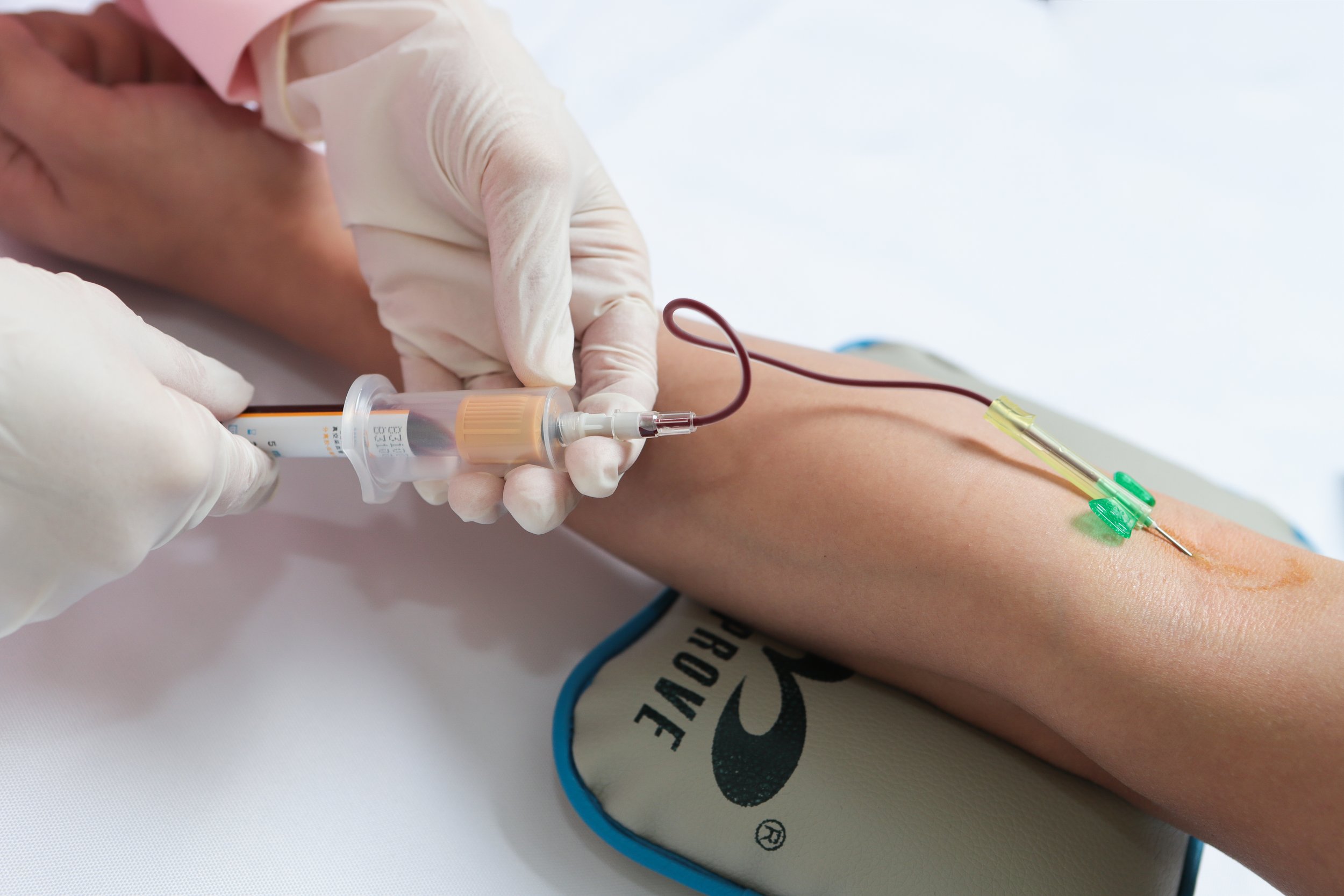Understanding FDA Regulations and Restrictions on Importing Phlebotomy Supplies from Chinese Suppliers for Medical Labs in the United States
Summary
- There are Regulations and restrictions imposed by the FDA on importing phlebotomy supplies from Chinese suppliers for medical labs in the United States.
- The FDA ensures that imported phlebotomy supplies meet safety and Quality Standards through inspections and surveillance activities.
- Medical labs in the United States should be aware of these Regulations and work with reputable suppliers to ensure compliance and patient safety.
Introduction
Medical labs in the United States rely on a variety of supplies to conduct tests and provide quality care to patients. Phlebotomy supplies, in particular, are essential for drawing blood samples and performing various laboratory tests. With the global Supply Chain expanding, many labs may consider importing phlebotomy supplies from Chinese suppliers. However, are there any Regulations or restrictions on doing so?
Regulations on Importing Phlebotomy Supplies
The United States Food and Drug Administration (FDA) plays a crucial role in regulating the importation of medical devices, including phlebotomy supplies, into the country. The FDA ensures that imported medical devices meet safety and Quality Standards to protect public health. When it comes to importing phlebotomy supplies from Chinese suppliers, there are specific Regulations that must be adhered to.
FDA Registration and Listing
Chinese suppliers of phlebotomy supplies must register with the FDA and list their products before they can be imported into the United States. This process helps the FDA keep track of the suppliers and the products being imported, ensuring transparency and accountability.
Quality and Safety Standards
The FDA requires that phlebotomy supplies meet specific quality and safety standards before they can be imported into the United States. This includes adherence to Good Manufacturing Practices (GMP) and compliance with applicable Regulations and standards.
Inspections and Surveillance
The FDA conducts inspections and surveillance activities to ensure that imported phlebotomy supplies meet regulatory requirements. This helps prevent substandard or counterfeit products from entering the market and posing a risk to patients.
Restrictions on Importing Phlebotomy Supplies
In addition to Regulations, there are also restrictions imposed on importing phlebotomy supplies from Chinese suppliers for medical labs in the United States. These restrictions are in place to protect patient safety and ensure the quality of the supplies being used.
Device Classification
Phlebotomy supplies are classified as medical devices by the FDA, and they are subject to classification based on their intended use and risk level. Some phlebotomy supplies may be classified as higher risk devices, requiring additional scrutiny and documentation for importation.
Import Alerts
The FDA may issue import alerts for specific phlebotomy supplies from Chinese suppliers if there are concerns about their safety or quality. Import alerts notify FDA field staff and the public that the products are violative of FDA Regulations and should be refused entry into the United States.
Recalls and Warnings
If imported phlebotomy supplies are found to be non-compliant with FDA Regulations, the agency may issue recalls or warnings to remove the products from the market. This is done to prevent harm to patients and ensure that only safe and effective supplies are used in medical labs.
Implications for Medical Labs in the United States
Medical labs in the United States should be aware of the Regulations and restrictions on importing phlebotomy supplies from Chinese suppliers. It is essential to work with reputable suppliers who comply with FDA requirements to ensure the safety and quality of the supplies being used.
- Medical labs should verify that Chinese suppliers are registered with the FDA and have listed their products before making any purchases.
- It is important to conduct due diligence on suppliers to ensure that their phlebotomy supplies meet FDA quality and safety standards.
- Stay informed about any import alerts, recalls, or warnings issued by the FDA regarding phlebotomy supplies to avoid using non-compliant products.
Conclusion
Importing phlebotomy supplies from Chinese suppliers for medical labs in the United States is subject to Regulations and restrictions imposed by the FDA. By understanding and complying with these requirements, medical labs can ensure the safety and quality of the supplies used in patient care. Collaboration with reputable suppliers and staying informed about FDA actions are key steps in navigating the complex landscape of importing phlebotomy supplies.

Disclaimer: The content provided on this blog is for informational purposes only, reflecting the personal opinions and insights of the author(s) on the topics. The information provided should not be used for diagnosing or treating a health problem or disease, and those seeking personal medical advice should consult with a licensed physician. Always seek the advice of your doctor or other qualified health provider regarding a medical condition. Never disregard professional medical advice or delay in seeking it because of something you have read on this website. If you think you may have a medical emergency, call 911 or go to the nearest emergency room immediately. No physician-patient relationship is created by this web site or its use. No contributors to this web site make any representations, express or implied, with respect to the information provided herein or to its use. While we strive to share accurate and up-to-date information, we cannot guarantee the completeness, reliability, or accuracy of the content. The blog may also include links to external websites and resources for the convenience of our readers. Please note that linking to other sites does not imply endorsement of their content, practices, or services by us. Readers should use their discretion and judgment while exploring any external links and resources mentioned on this blog.
